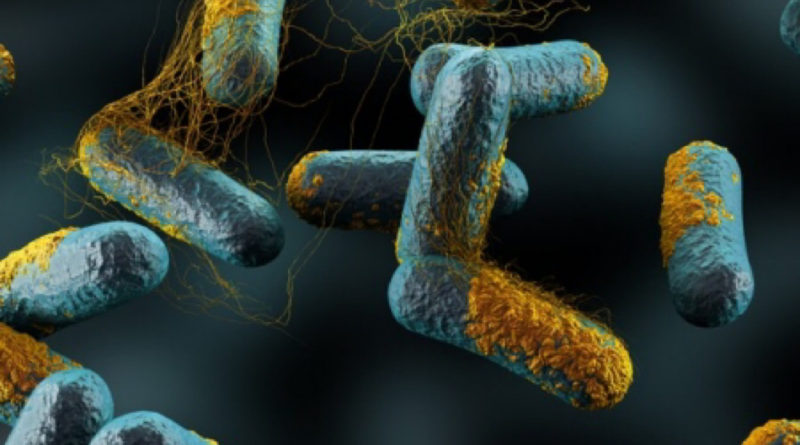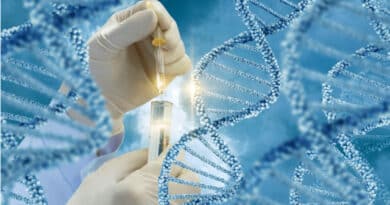Clostridium Botulinum
Cl. Botulinum causes botulism, a paralytic disease usually presenting as a form of food poisoning. Botulism bacillus is a widely distributed saprophyte, occurring in virgin soil, vegetables, hay, silage, animal manure and sea mud.
Morphology
Cl. Botulinum is a Gram positive bacillus about 5 micrometer x 1 micrometer. It is non capsulated, motile by peritrichate flagella, producing sub terminal, oval, bulging spores.
Cultural Characteristics
It is a strict anaerobe. Optimum temperature for its growth is 35 C but some strains of botulinum can grow even at 1 – 5 C. good growth appear on ordinary media. Surface colonies are large, irregular, semitransparent, with fimbriate border. Spores are produced consistently when grown in alkaline glucose gelatin media at 20 – 25 C. they are not usually produced at high temperature.
Resistance
Its spores are heat and radiation resistant, surviving several hours at 100 C and for up to 10 minutes at 120 C.
Classification
On the bases of immunological difference in toxin produced by them, eight type of Cl. Botulinum have been identified (type A, B, C1, C2, D, E, F, G). toxin produced by different type is identical in their pharmacology activity but can be neutralized only by the homologous antiserum. An exception is C2 toxin, which shows enterotoxic activity, while all the others are neurotoxins.
Toxin
Cl. Botulinum produces a powerful exotoxin that is responsible for its pathogenicity. The toxin differed from other exotoxins in that it is not released during the life of the organism. It is produced intracellularly and appears in the medium only on the death and autolysis of the cell. It is believed that toxin is produced initially as a nontoxic protoxin or progenitor toxin. Trypsin and other proteolytic enzymes activate progenitor toxin to active toxin.
The toxin of botulinum have been isolated as a pure crystalline protein which is probably the most toxic substance known. The lethal does for human beings is probably 1 -2 micro gram. It is a neurotoxin and acts slowly, talking several hours to kill.
Toxin of botulinum is relatively stable, and can be inactivated only after 30 – 40 minutes at 80 C and 10 minutes at 100 C.
Food suspected to be contaminated with botulinum toxin can be rendered completely safe by pressure cooking or boiling for 20 minutes.
Toxin of botulinum, acts by blocking the production or release of acetylcholine at the synapses and neuromuscular junctions.
Pathogenicity
Cl. Botulinum is noninvasive and virtually non infectious. Its pathogenicity is due to the action of its toxin, the manifestations of which are collectively called botulism. Botulism is of three types – food borne botulism, wound botulism and infant botulism.
Laboratory Diagnosis
Laboratory diagnosis may be confirmed by demonstration of the bacillus or the toxin in food or feces. Gram positive sporing bacilli may be demonstrable in smears made from the food.
A retrospective diagnosis may be made by detection of antitoxin in the patient’s serum but it may not be seen in all cases.
Control
As most cases of botulism follow consumption of inadequately canned or preserved food, control can be achieved by proper canning and preservation. When an outbreak occurs, a prophylactic dose of antitoxin should be given intramuscularly to all who consumed the article of food.
Active immunization has been shown to be effective.
Reference: A Text Book Of Microbiology



